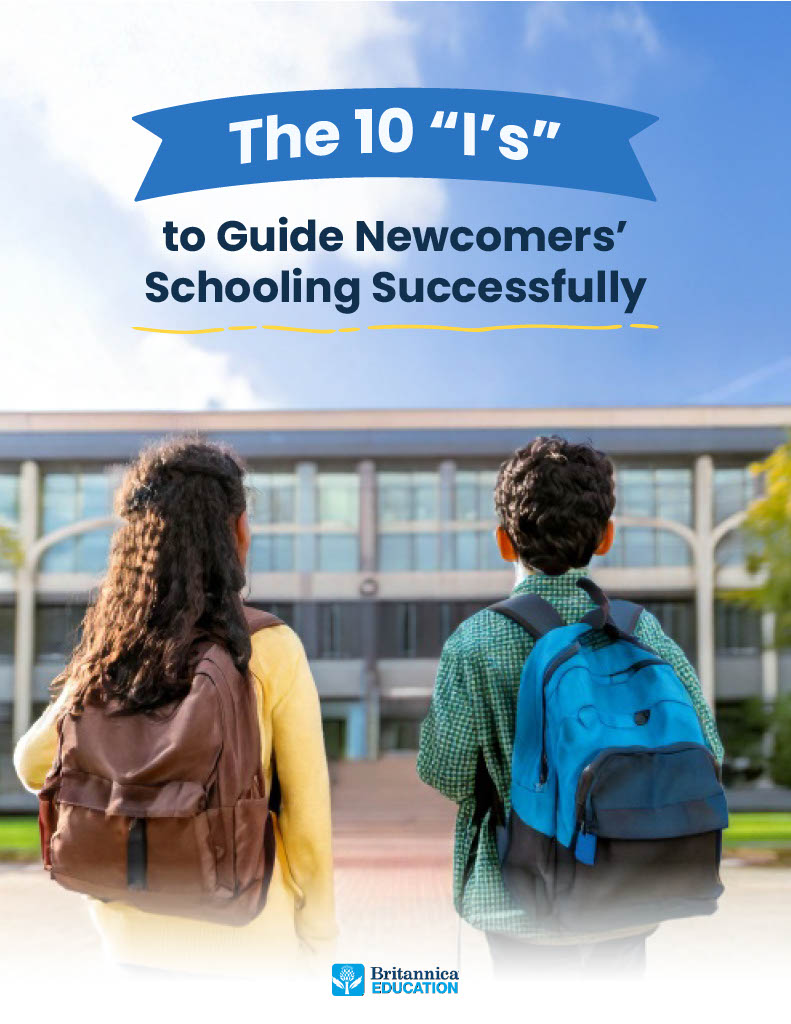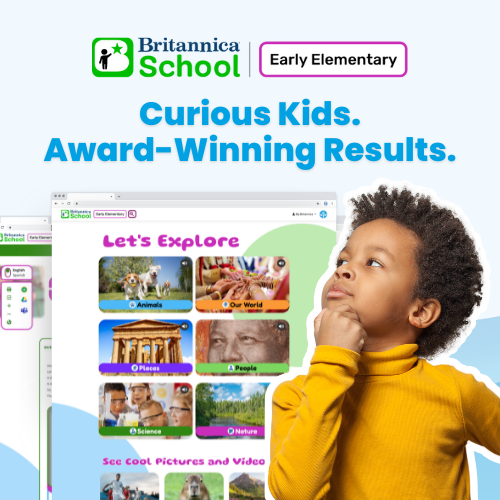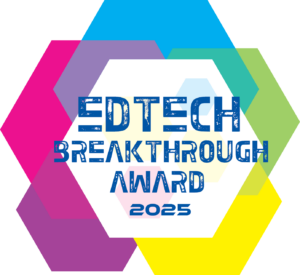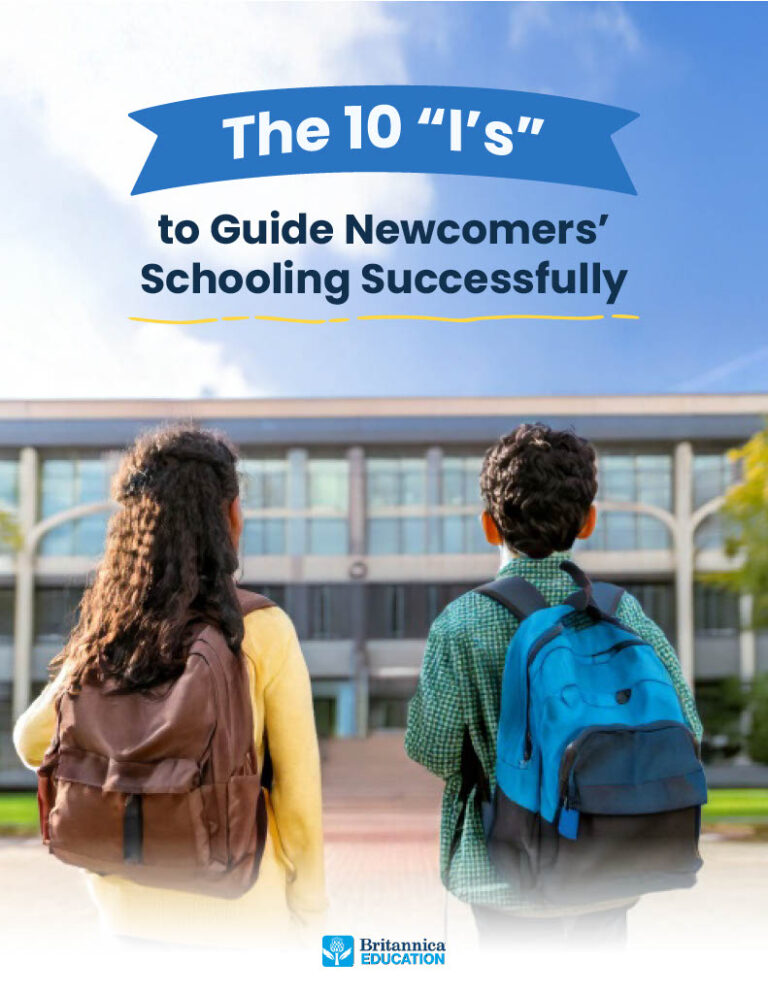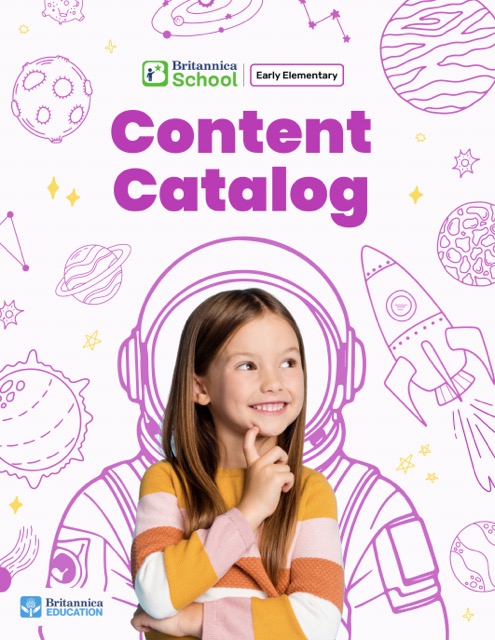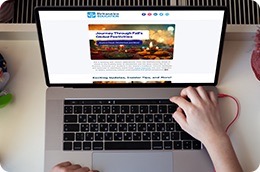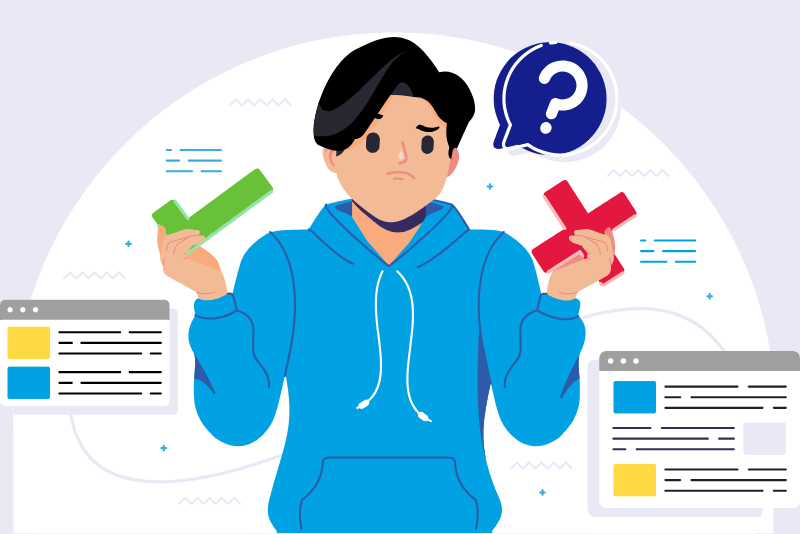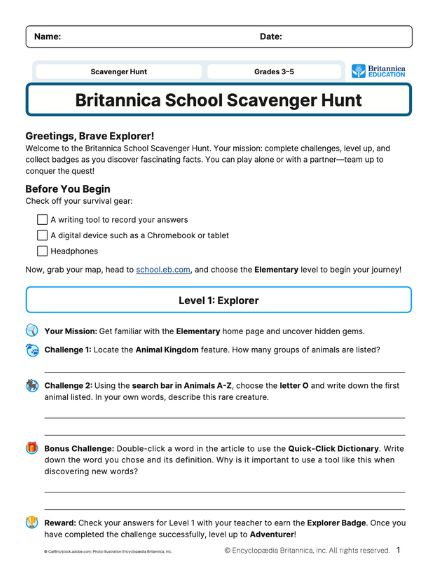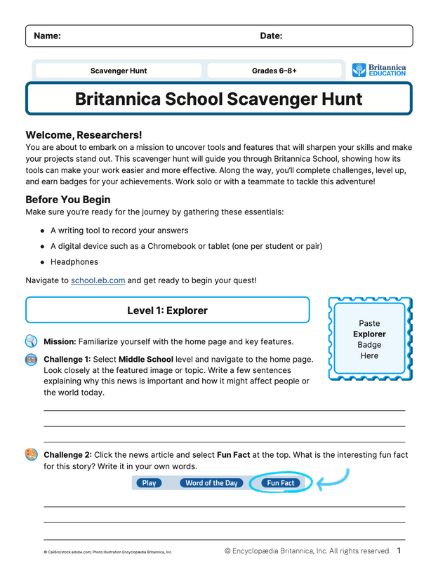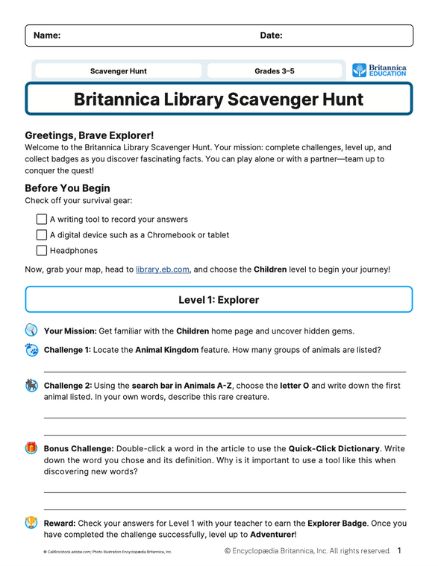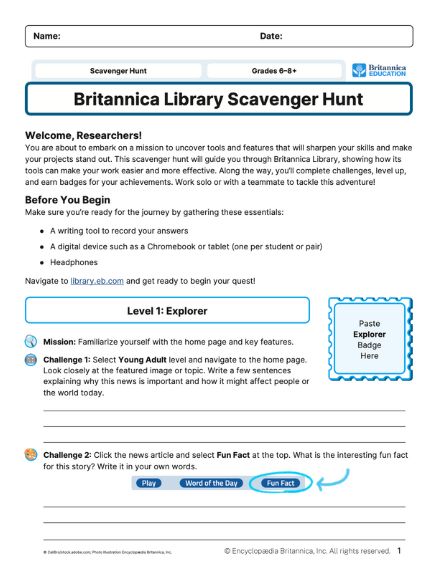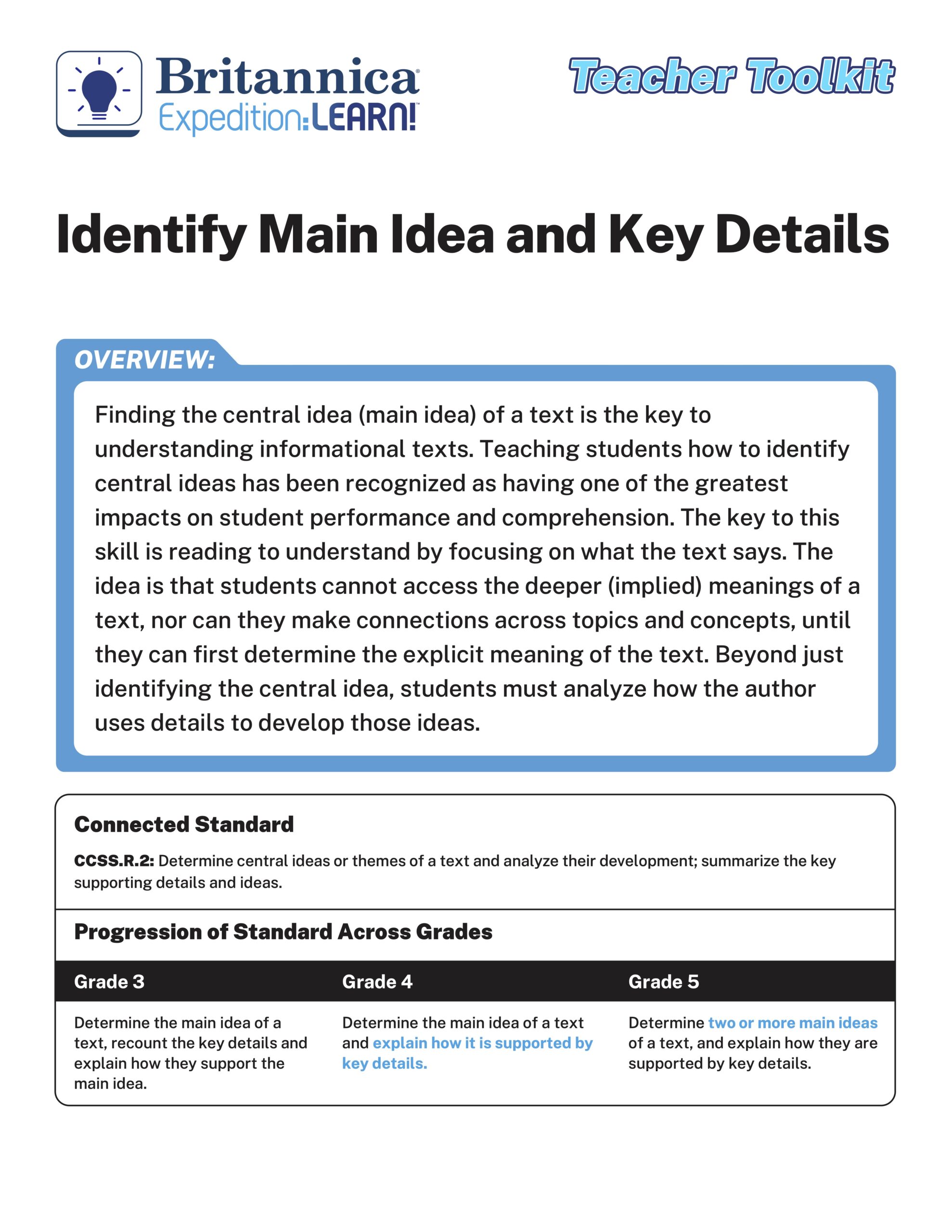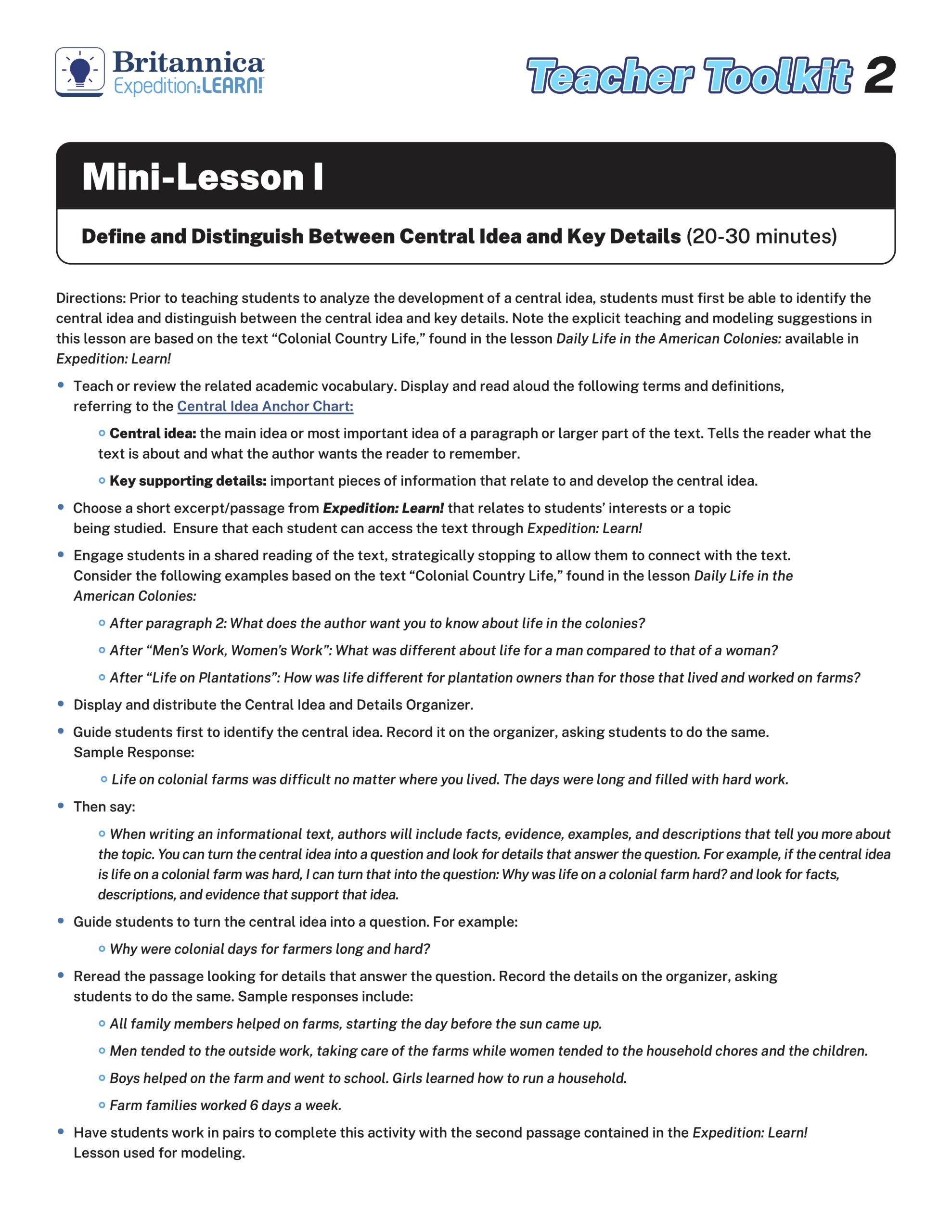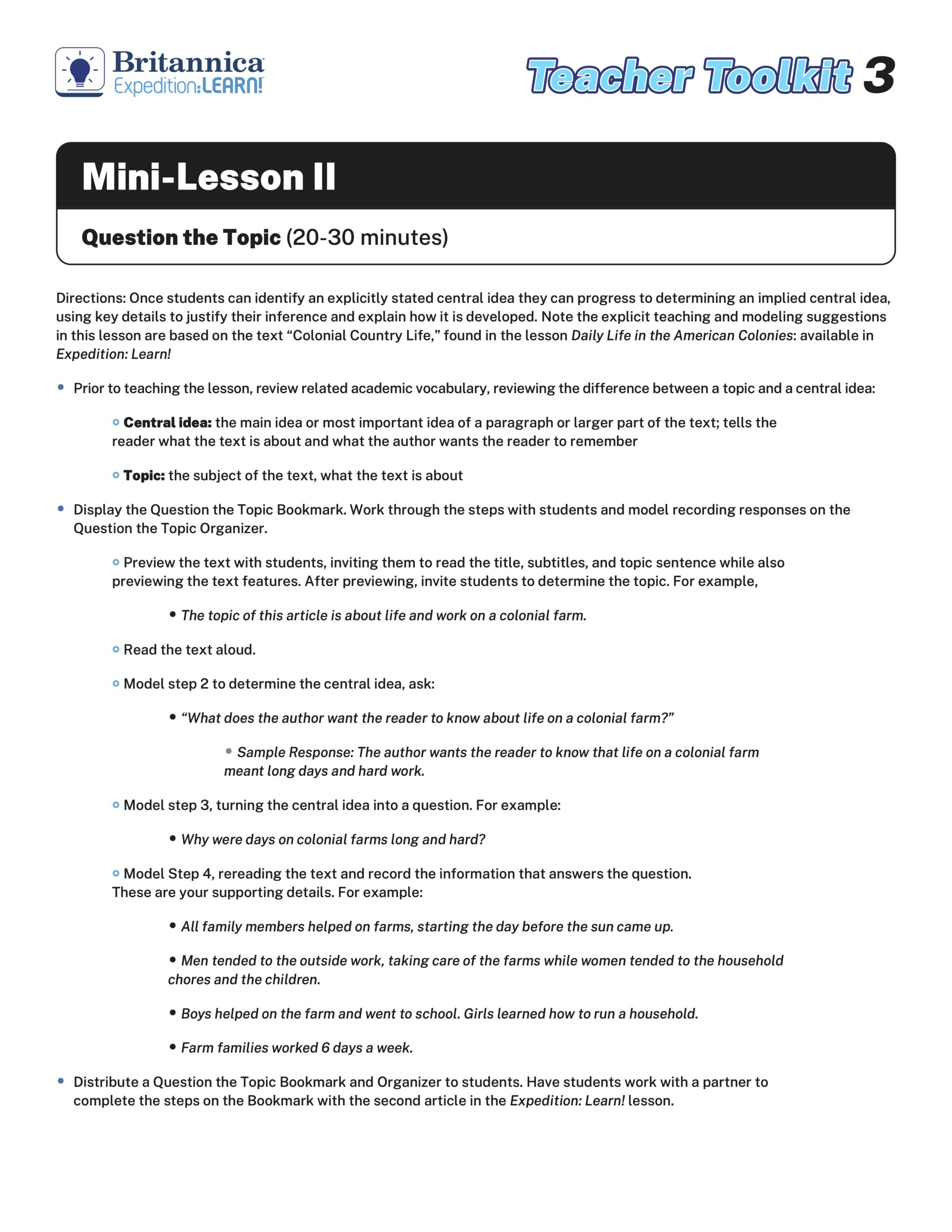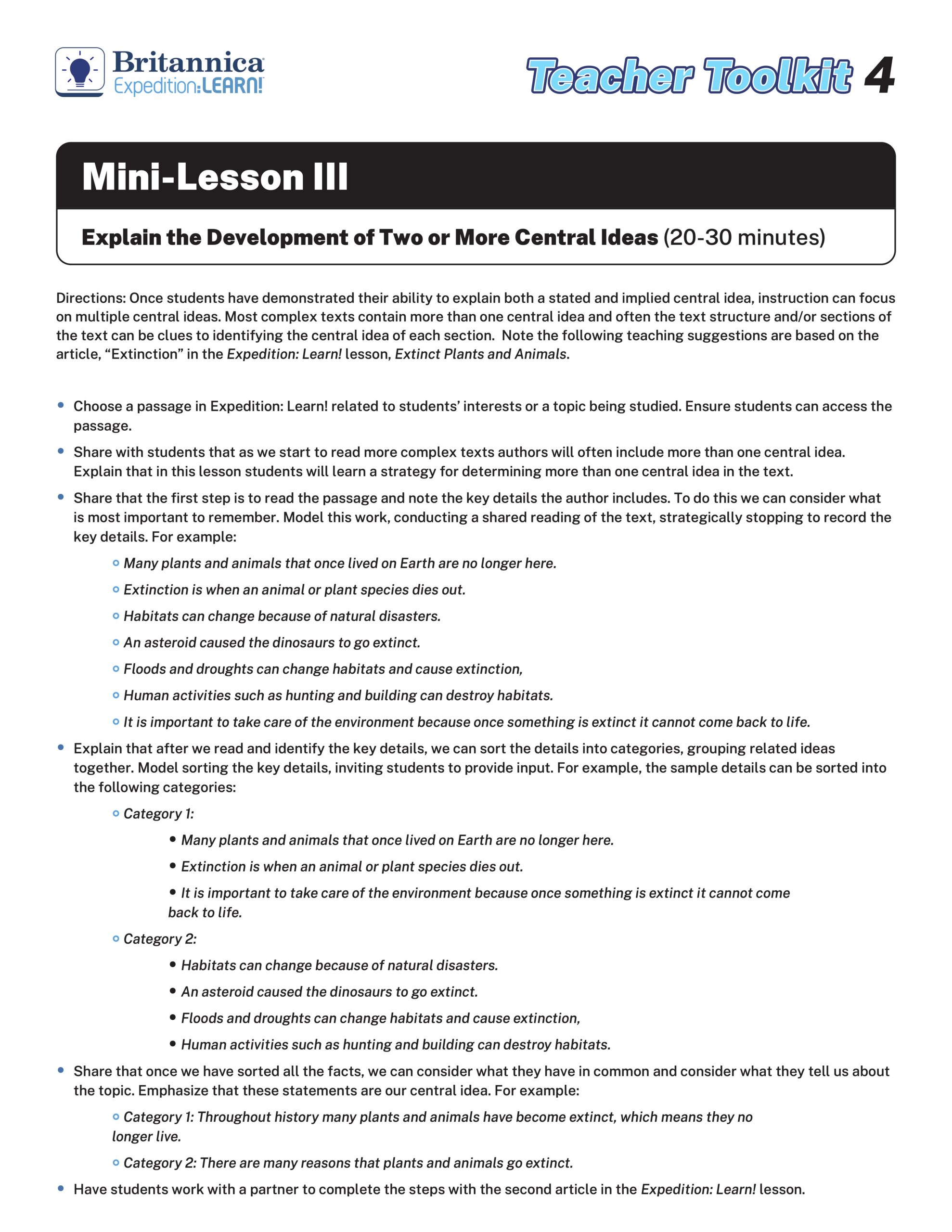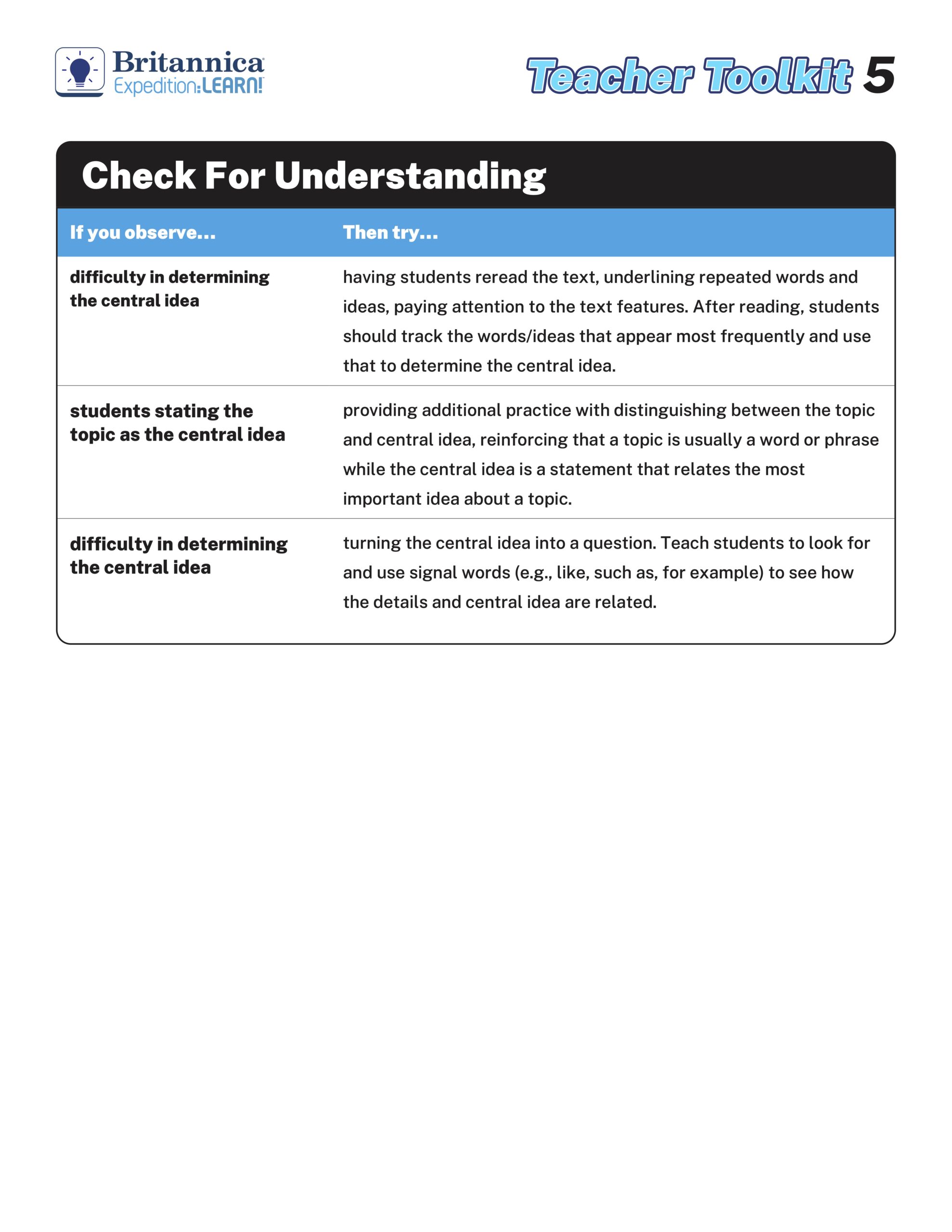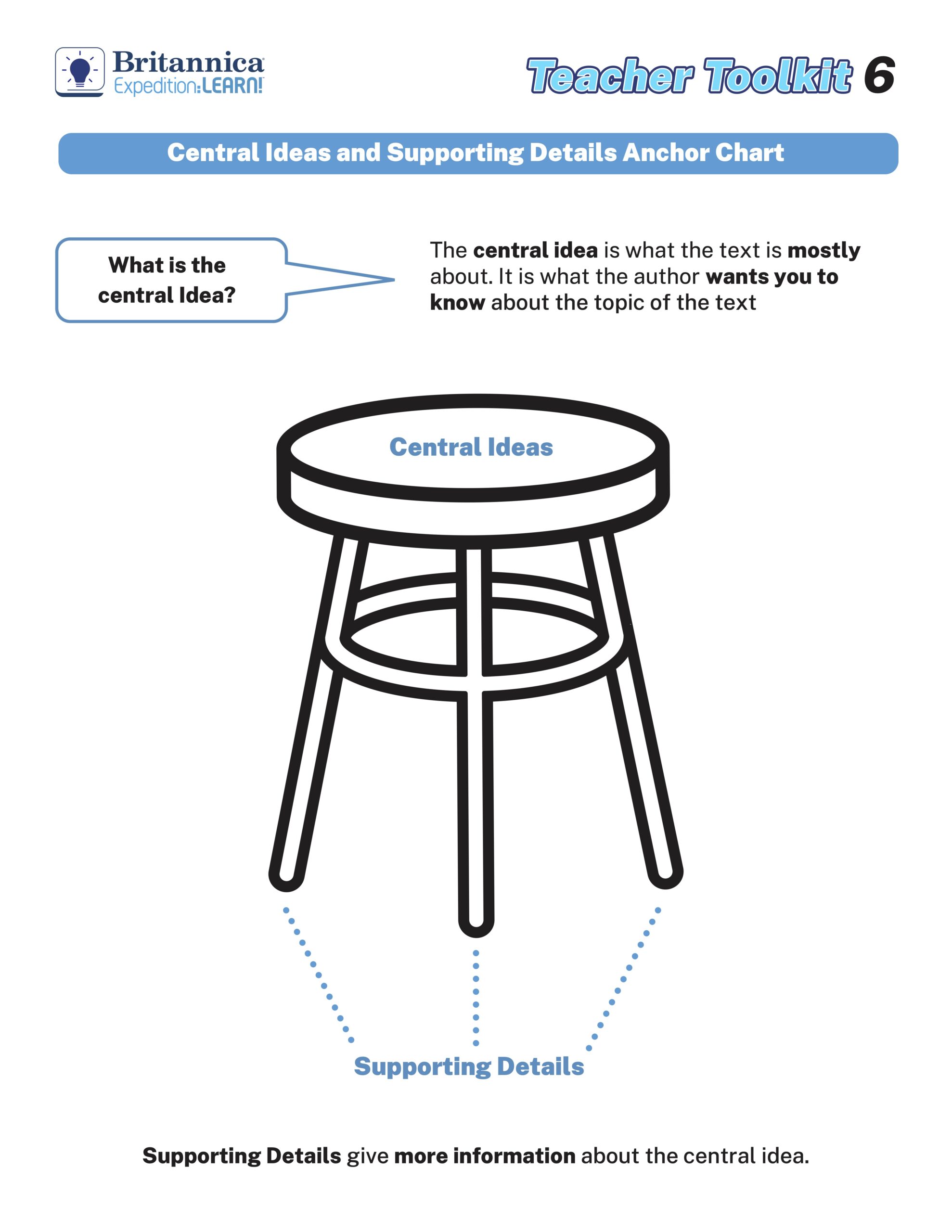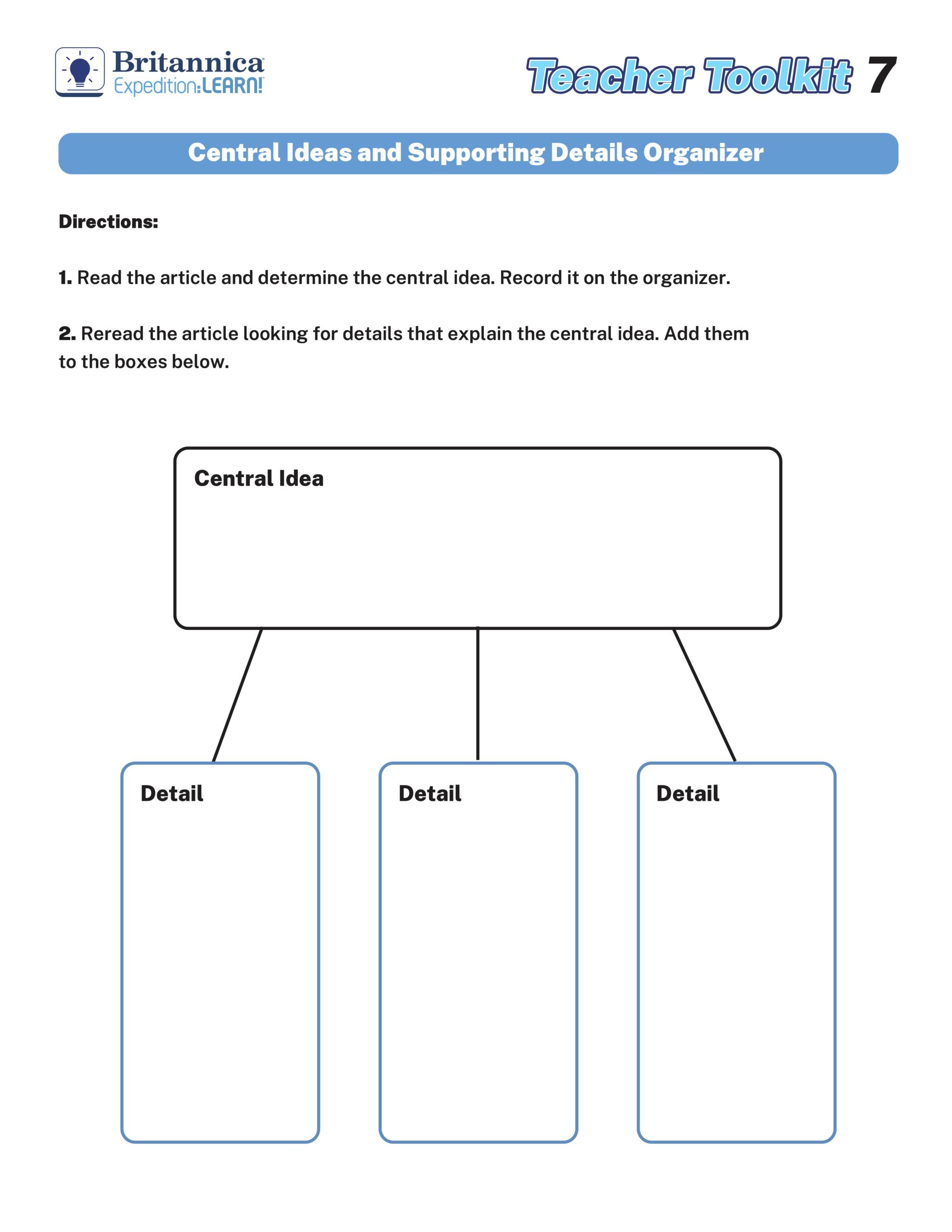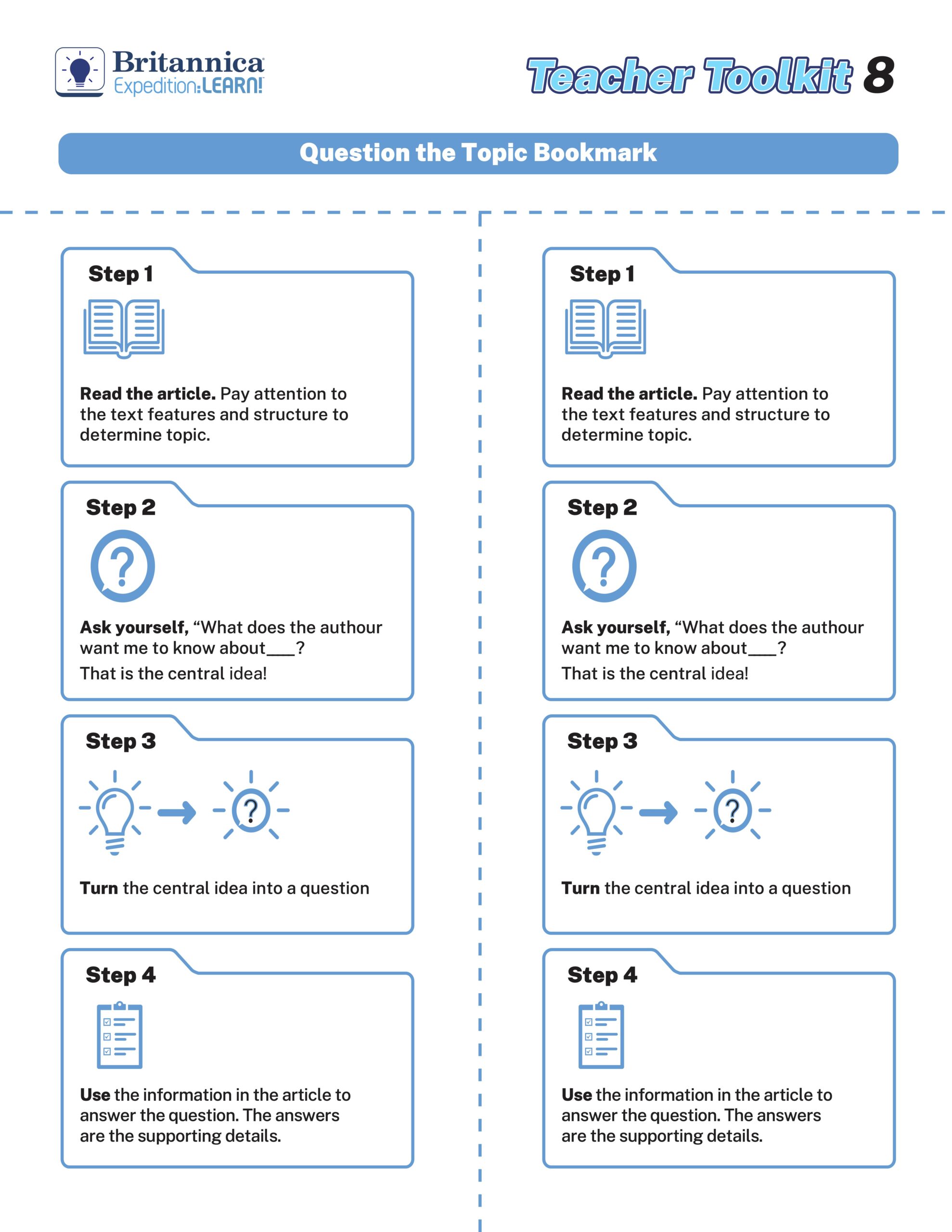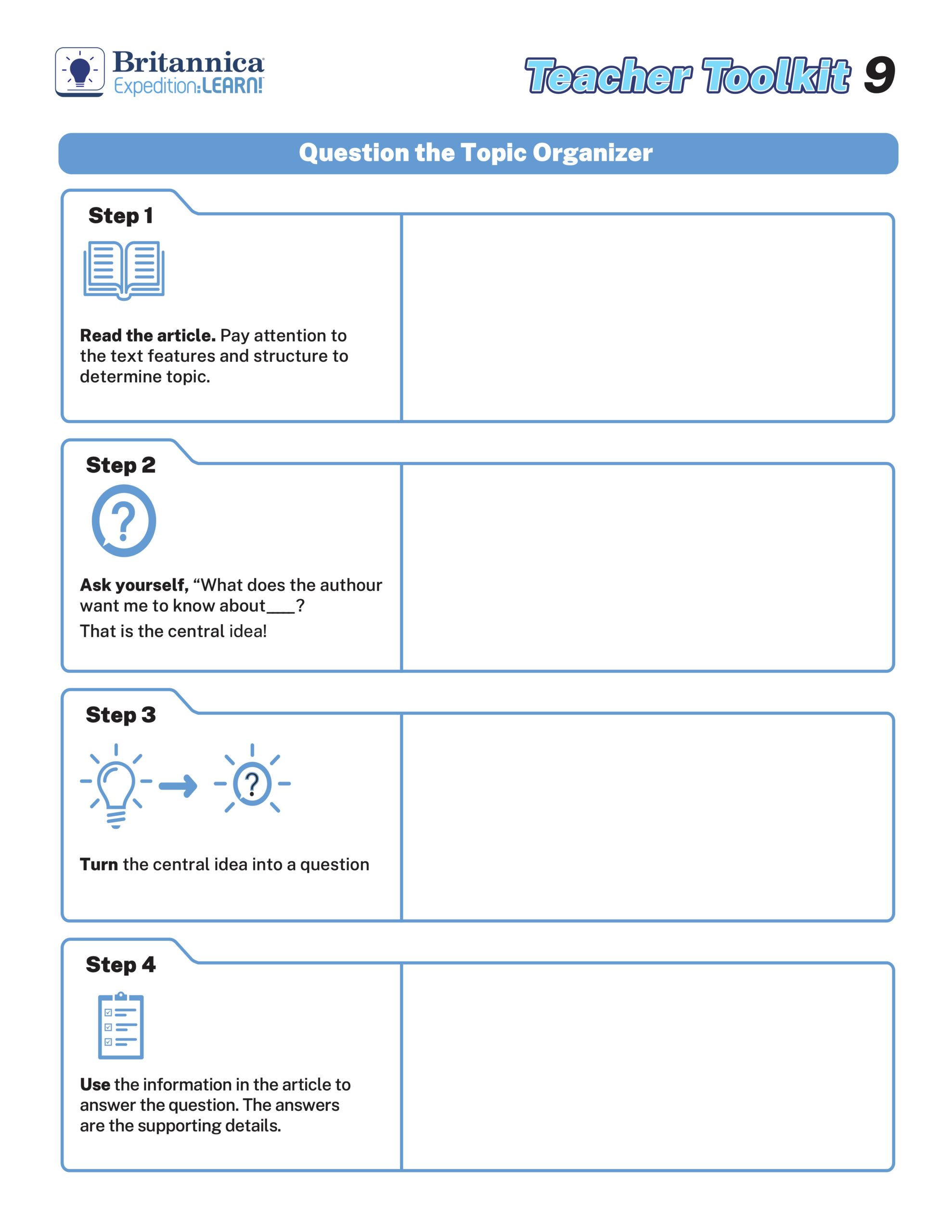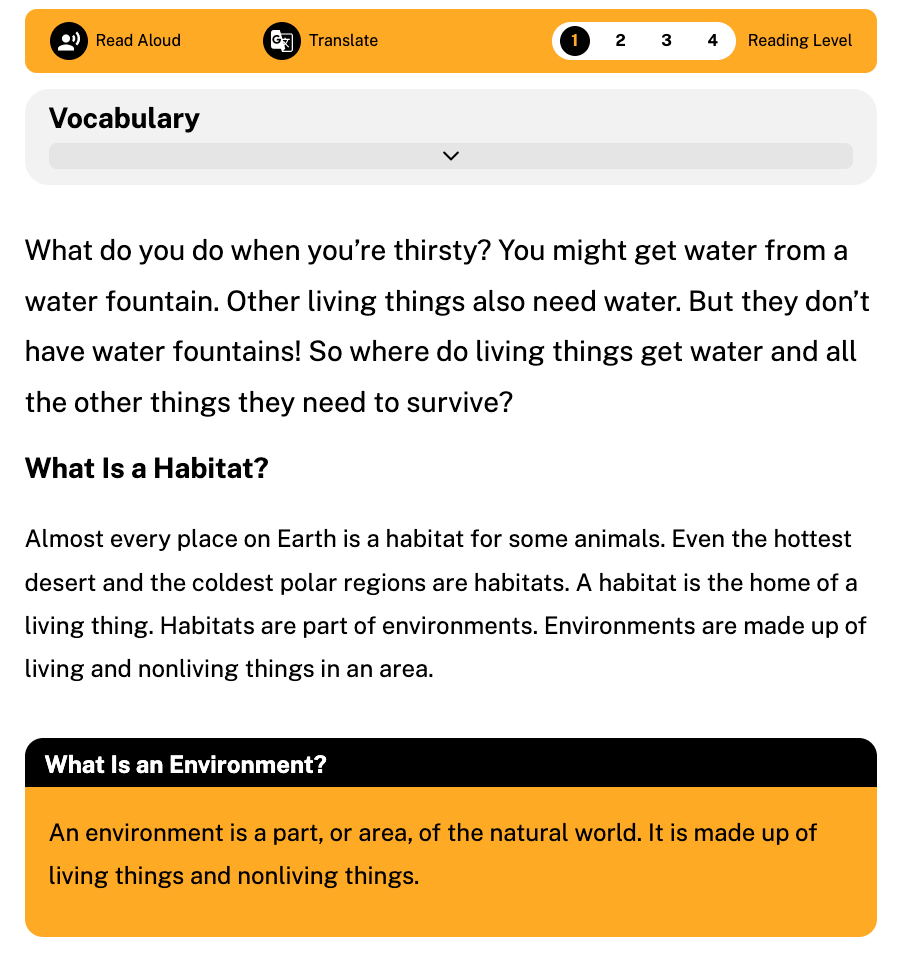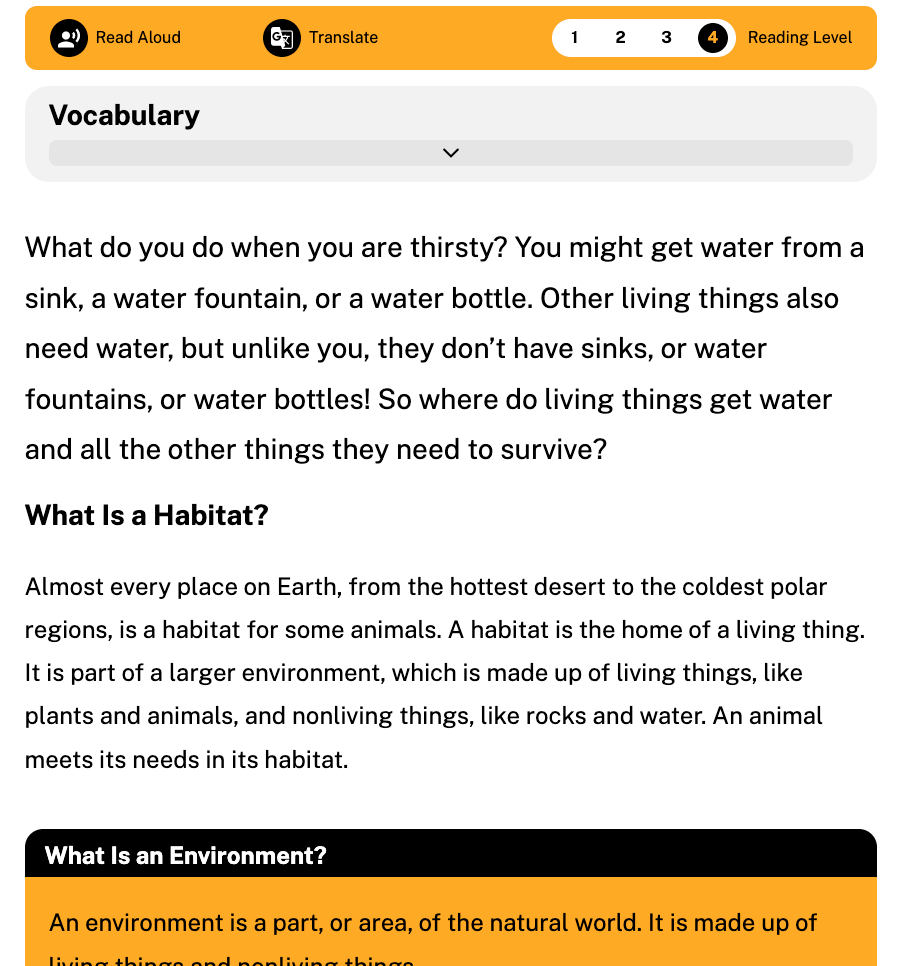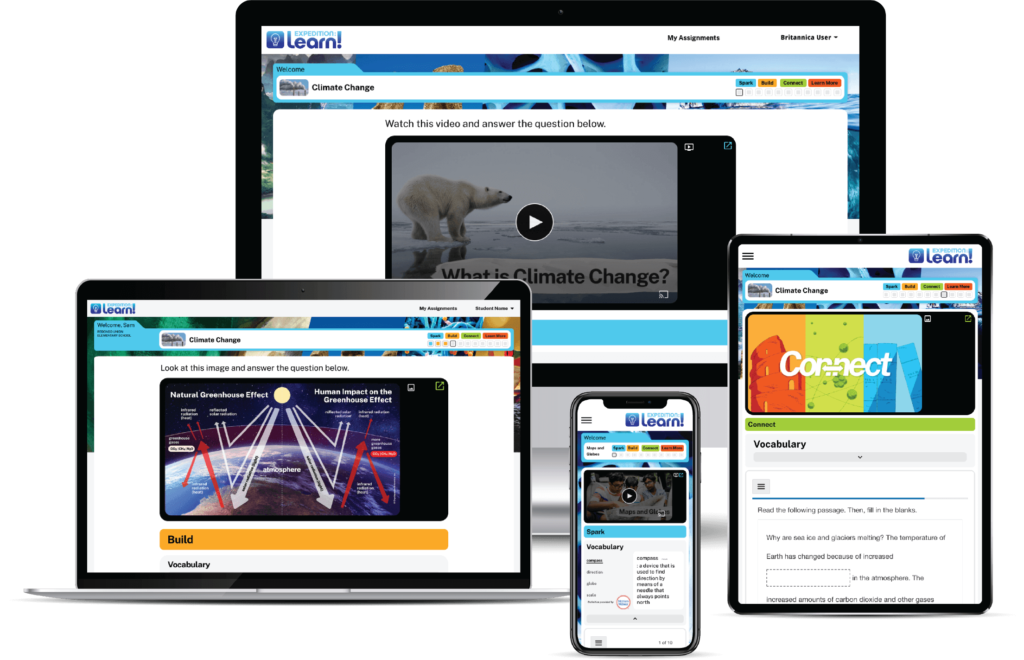Discover effective ways to guide newcomer students to feel welcomed, supported, and empowered to thrive academically and socially.
Nationwide, school districts are experiencing a tremendous shift in the number of students learning English. The English learner population has reached a new record high in the past two years, with approximately 5.3 million students in US public schools. Educational programs today are challenged to pave a road that truly addresses the needs of this growing population. The following guide is designed to help you tackle some challenges no matter your stage in the process. I would like to invite school leaders, educators, and staff to explore these 10 critical considerations filled with lots of ideas to support your newcomer program.
Explore the 10 I’s

Introduce
Introduce new protocols to be implemented at any time of the school year that not only welcome but also ignite a sense of belonging to all students. It is important to support newcomer students by providing them opportunities to share their journeys, hopes, and concerns about their new school experience.
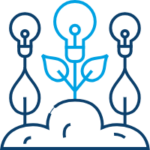
Integrate
Integrate new cultural events and activities to encourage newcomer students to share their heritage and culture. Allow newcomers to feel like an integral part of the school community where they are invited to celebrate their traditions. Prepare activities that facilitate a friendly integration into the school community, such as “Family and Me” school tours or peer-to-peer chats where students collaborate and create activities that help to reflect on their personal experiences. In addition, finding nonprofit organizations familiar with the newcomer’s culture can create opportunities to network and interact with well-established community services.

Identify
Identify and recognize student growth; it is easier to build on a student’s strengths than to focus on what they have yet to learn. Think about the many valuable skills and knowledge that newcomer students exhibit. Consider resources, such as the Funds of Knowledge Toolkit, to inform your instruction and support academic success. Identifying the unique challenges and strengths that all newcomer students bring can become data sets that help establish measurable goals for growth.

Include
Include a welcoming environment beyond the classroom that extends to all areas of school life. Newcomer students’ participation in school activities and organizations is a reflection of an inclusive environment where students’ cultures, languages, and experiences are acknowledged and celebrated by the entire school community.
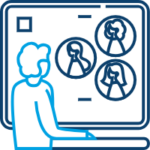
Intent
It’s important to establish school norms and goals with the intent of fostering strong relationships rooted in respect and character values. Such new or proposed regulations can guide students, their families, and the school community to form successful and caring newcomer programs.
Ready to learn more?
Download our 10 “I’s” e-book and get practical strategies from experts to make a difference today!

Innovate
Innovation is the best way to make learning more engaging and accessible for newcomer students. New technological tools are just as important as revamping instructional practices using revolutionary ideas. It’s essential to promote innovative classroom technology and teaching methodologies that encourage collaborative learning, where students from different backgrounds can work together to promote language and social skills in assignments and projects.

Increase
Increasing English proficiency should be at the center of all newcomer programs. Most theories about language learning approve the use of a monitoring system that defines different levels of proficiency and/or includes specific “Can Do” statements that help move students from one level to the next. When we establish a foundational understanding of language learning vs. language acquisition, it becomes a school-wide effort that promotes professional learning, coaching, and language-rich practices among school leaders, faculty, and staff.

Individualize
An individualized plan is mainly a tool to help find the optimal differentiation path to instruct newcomer students. This flexible plan can be adjusted regularly through teacher, counselor, and family input based on students’ progress and needs. Scheduling regular check-ins with teachers, counselors, and families brings plenty of opportunities to adjust individualized plans as needed.

Inform
Inform everyone involved in the school community! Transparency and open communication channels are essential to adapting and improving the support systems that are in place. Think about the importance of consistently and continually informing teachers, staff, parents, and stakeholders about progress or even roadblocks.
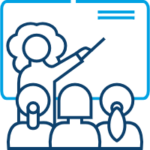
Instruct
Instructing newcomer students involves effective practices that help teachers to better distinguish the fine line between language proficiency challenges and real learning disabilities. When teachers are equipped to identify language acquisition struggles vs. special education needs, they can help reduce the over- and underrepresentation of multilingual learners in special education programs. Language development can be supported by incorporating lots of comprehensible input/output in daily instruction. This type of instruction exposes students to understandable language while encouraging them to speak and communicate with clarity.
Britannica Professional Learning for Language Support
Britannica Education has products and services specifically for multilingualism and language support, designed to meet schools and districts where they are.
Britannica Professional Learning provides access to interactive sessions and coaching to support school leaders and teachers serving the needs of multilingual learners. Our professional learning experts can support teachers and leaders to do the following and more:
- Investigate and understand how language acquisition happens for diverse language learners through a methodology and analysis of the typical student population in the 21st-century classroom.
- Explore the key components that support accessing and internalizing content area objectives while incorporating critical language learning goals.
- Delve into the three stages of program design that support effective outcomes when working with diverse learners.
Britannica Solutions for Multilingual Learners
Teachers and students need instructional resources that support academic achievement. Multilingual learners benefit from resources that address various stages of language development and target learning in a variety of proficiency levels. Britannica Education has a suite of reliable products for pre-K-12 multilingual learners.
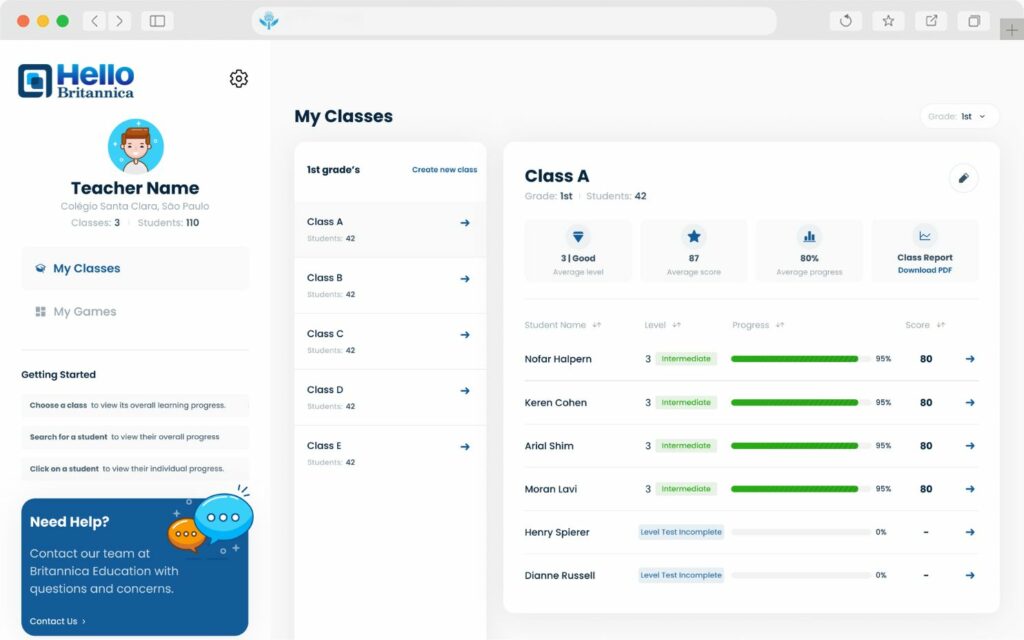
Supplement students’ English learning practice in a self-paced, gamified way. This engaging platform encourages students with corrective feedback, which helps them spot their errors immediately and grow more confident.
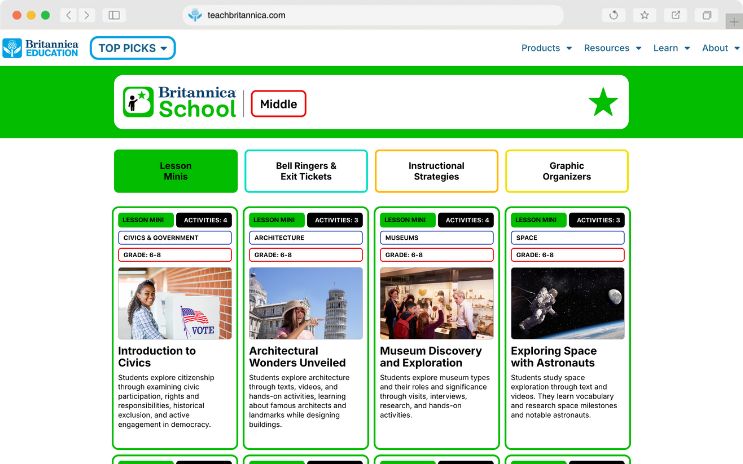
Access educator support tools anytime, anywhere with an all-in-one resource hub crafted by educators who truly understand classroom challenges. Explore time-saving lesson minis, graphic organizers, exit tickets, and comprehensive instructional strategies, including resources for multilingual learners.
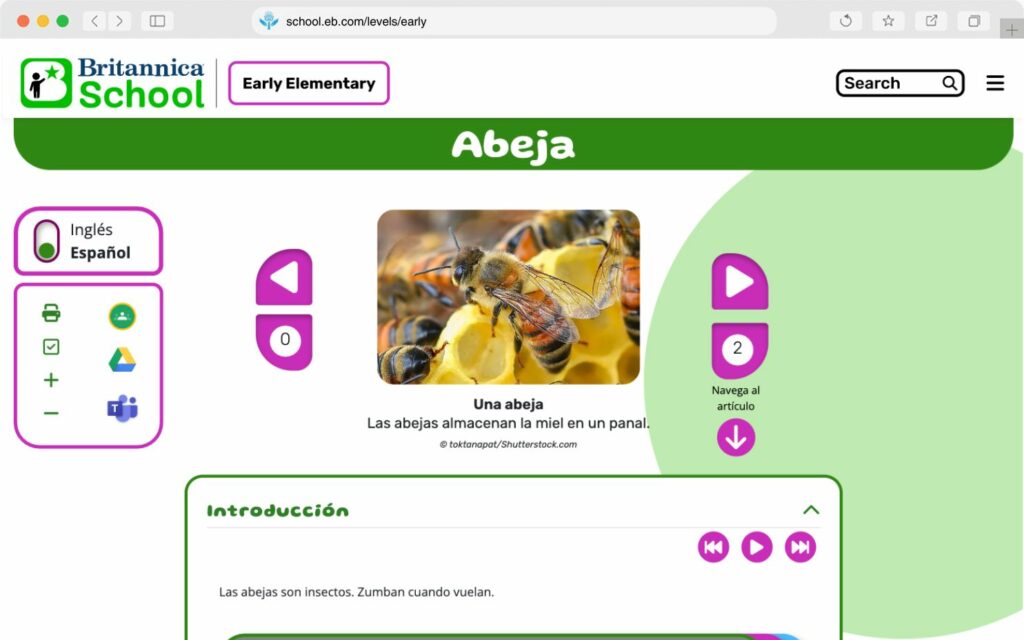
Britannica School: Early Elementary
Offer engaging read-aloud articles with age-appropriate vocabulary, vibrant images, and videos to keep young learners engaged. Emergent bilingual students can autonomously switch between English text and Spanish text by utilizing the English/Spanish toggle feature, allowing classroom teachers to use the tools in class to strengthen both languages during whole- and small-group instructional time.
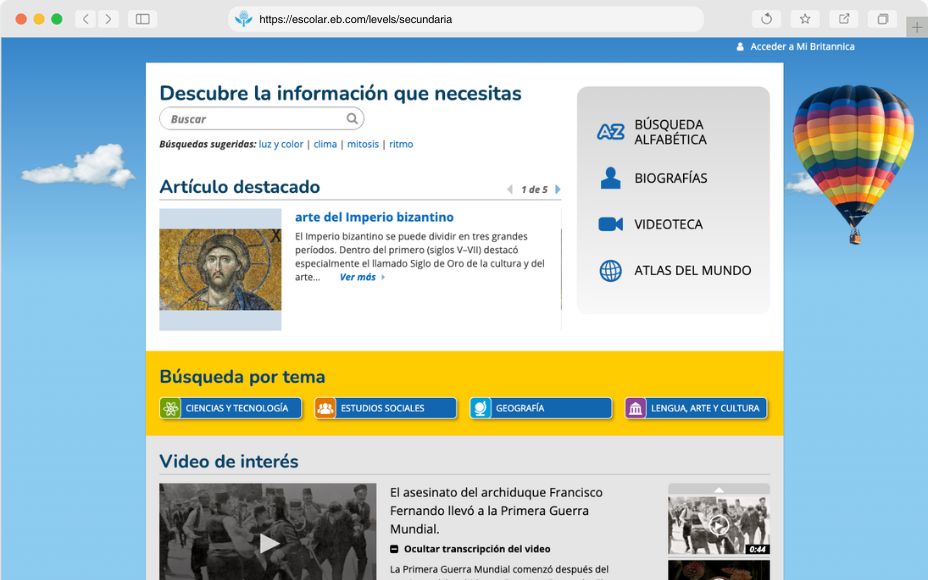
Britannica Escolar and Moderna
Cater to diverse learning needs with trusted Spanish-language research content and resources, helping both native Spanish speakers and foreign language learners to excel and broaden their global perspectives.
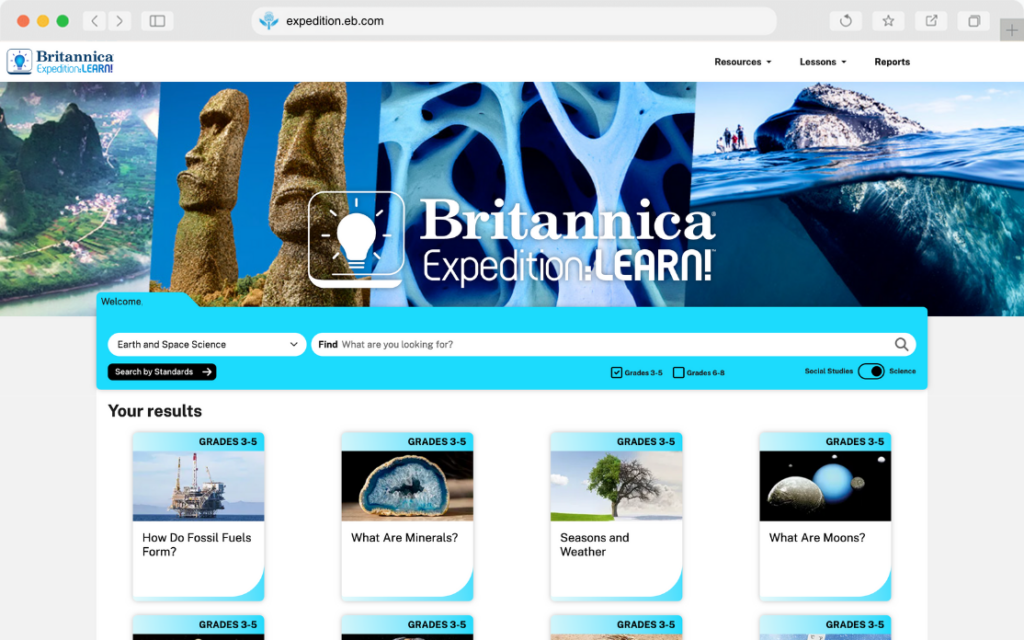
Support science and social studies by using this instructional platform with standards-aligned, interdisciplinary lessons that build content knowledge and enhance reading comprehension, vocabulary, and critical-thinking skills. Promote inclusivity with embedded tools for reading text aloud and translating text into more than 200 languages.
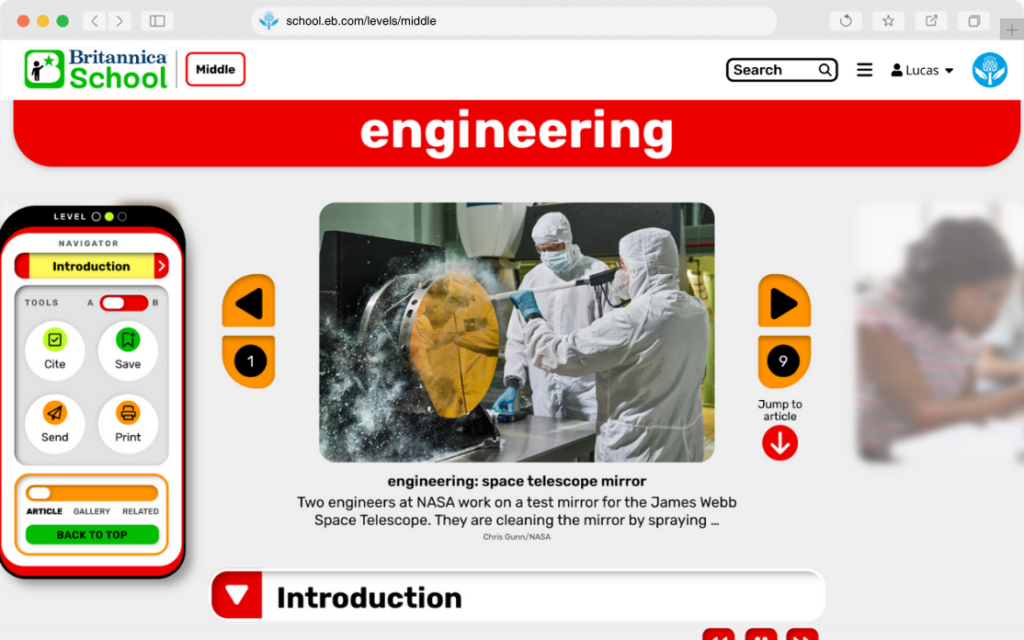
Provide access to curated, curriculum-aligned content tailored for varied student ages and abilities. Filled with thousands of rich, engaging resources, teachers can scaffold content and provide language support to meet the needs of multilingual learners, with the opportunity to easily translate content into more than 100 languages.
Create a Welcoming Environment for Newcomers
Supporting newcomer students doesn’t have to be overwhelming—small, thoughtful steps can make a big impact. Implementing the 10 “I’s” will build a foundation for students to feel welcomed, supported, and empowered to thrive academically and socially.
Whether you’re getting started or looking to strengthen your current approach, Britannica Education is here to help. From professional learning to multilingual resources, we provide the tools you need to guide newcomers to success.
Ready to learn more?
Download our 10 “I’s” e-book and get practical strategies from experts to make a difference today!


